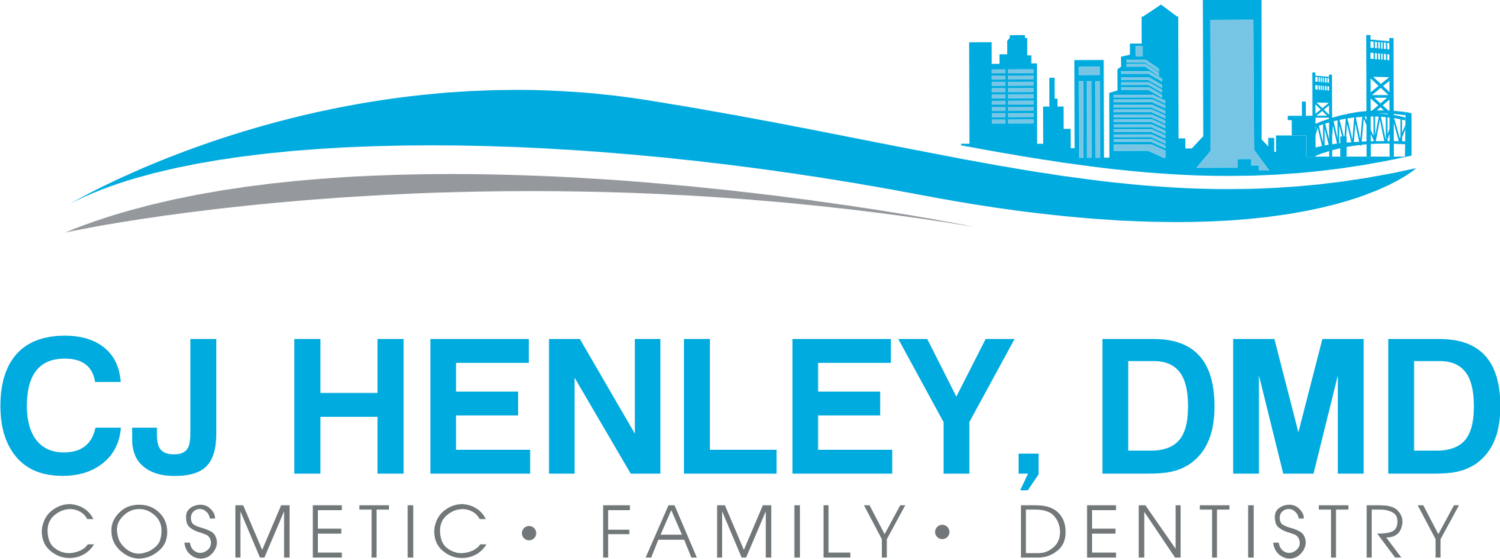Frequently asked questions
Often we have patients ask very pertinent and thoughtful clinical questions. Sometimes these questions require a more thorough explanation, meaning we must review current literature regarding the subject in question.
As part of our commitment to our patients we continually review peer reviewed literature to ensure our treatment modalities are congruent with the best current clinical practices. Peer reviewed literature is when an author's scholarly work, research, or ideas are subjected to the scrutiny of others who are experts in the same field, before a paper is published in a journal. We are always happy to answer any questions you have regarding your treatment using the most recent and accurate clinical evidence we can find.
Below are some questions that we have received over the years. Whenever possible we have posted links to the sources of our information.
How often should I have X-rays?
This is a very common question, due to both the cost of X-rays and the exposure to radiation. Many patients are concerned that over exposure to dental X-rays could cause certain types of cancer. The amount of radiation that one is exposed to during a routine dental exam is roughly 0.005 millisieverts (mSv). Milliserverts are a measurement of how much radiation is absorbed by the body. To put this in perspective a coast-to-coast round trip flight in a commercial airplane is about 0.03 mSv. You also are exposed to normal background radiation from our earth and the solar system every single day. The daily rate of background radiation is 0.016 mSv. That means that normal background radiation is roughly 30% more radiation than a dental X-ray exam. The United States Nuclear Regulatory Commission has a handy calculator where you can determine your annual dose of radiation HERE.
We currently adhere to the American Dental Association's recommendations regarding X-ray exposure to ensure that our patients are exposed to as little radiation as possible. According to the ADA guidelines each patient should be assessed and X-rays are prescribed on an individual basis at an interval that is adequate to monitor existing dental work and help prevent future dental problems.
Can Certain Local Anesthetics Cause PERMANENT nerve damage?
There is some risk inherent in any medical procedure. It is possible for any local anesthetic to cause damage to nerves during their injection, however it is important to note that it is extremely unlikely. In the past there was some discussion that a particular local anesthetic, Septocaine, caused nerve damage to the inferior alveoloar nerve more often than other local anesthetics on the market. Research has proven these claims to be unsubstantiated. It is always our goal to use the best and safest products on the market today
I have a gluten sensitivity, do I need to worry about any materials used my dental treatment?
To the best of our knowlege, none of the materials that we use in our procedures contain gluten. Below is a list of links to Material Safety Data Sheet (MSDS) of all the products used in a typical crown preparation procedure.
- Topical Anesthetic
- Local Anesthetic
- Temporary Material Liquid
- Temporary Material Powder
- Coagulation Agent
- Retraction Cord (Note: there is not a direct MSDS sheet for this product, only the active ingredient)
- Temporary Cement
- Alginate Impression Material
- Reversible Hydrocolloid
“Have been seeing Dr. Kelly since childhood and have always been pleased with his practice and associates. PJ is wonderful and my favorite hygienist!”



